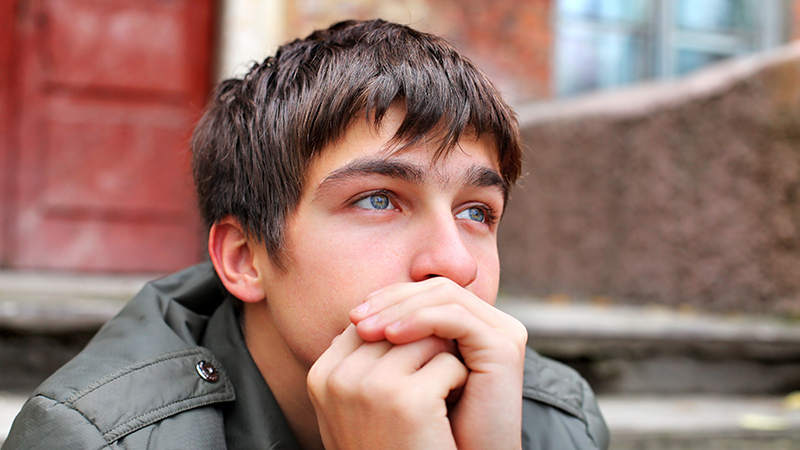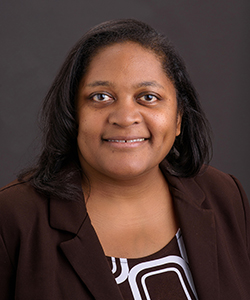
More American adolescents committed suicide than died in traffic accidents in 2014, according to a new report released by the Centers for Disease Control and Prevention. Laine Young-Walker, MD, chief of the division of Child and Adolescent Psychiatry at the University of Missouri School of Medicine, says bullying and social media have been factors.

“Bullying today has completely changed,” Young-Walker said. “Bullying has gone from the playground to social media, where it’s on 24 hours a day, seven days a week. Kids can’t just go home from school and get away from it anymore. Now it’s on no matter where they are or what they’re doing.”
Young-Walker also points to growing academic pressure and the stigma still attached to mental illnesses like depression and anxiety.
“Kids can struggle with things like depression and anxiety, just like adults,” Young-Walker said. “People still have a difficult time talking about mental illnesses, so kids can wind up feeling isolated and afraid to speak out.”
The good news, Young-Walker said, is health care providers and government agencies across the country recognize that adolescent suicide has become a growing problem. As a result, federal, state and local government health organizations have stepped up grant money in support of accessible mental health programs.
An example of one such program is The Bridge Program, a grant-funded program aimed at bringing psychiatric care into local schools. The program is staffed by MU psychiatrists and two MU nurse managers who work with school counselors and families of children needing care.
There are also things teachers and parents can do to help. Young-Walker recommends parents watch for behavior changes like becoming isolated, losing interest in activities the child once enjoyed, giving away favorite possessions and changes in eating or sleeping patterns. If any of these behaviors are present, she says parents should have a calm and honest conversation with their adolescent.
“If you hear an adolescent saying something like, ‘The world would be better off without me,’ be concerned but try not to catastrophize,” Young-Walker said. “Give the child you full attention, ask whether they truly feel that way and listen closely to the response. Sometimes kids to use dramatic words to get their point across, so parents and teachers need to learn to differentiate between someone who is angry and someone who might truly be having thoughts of suicide. Don’t be afraid to ask direct questions like, ‘Are you truly thinking of taking your own life?’”
Young-Walker says if a parent or teacher asks the question, and the honest answer is “yes,” or if the parent or teacher has concerns about safety, the best thing to do is take your child to the emergency room right away.





